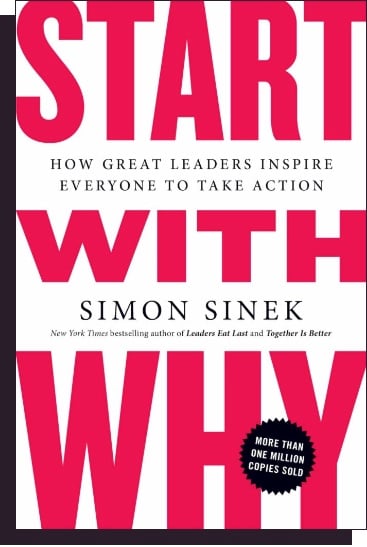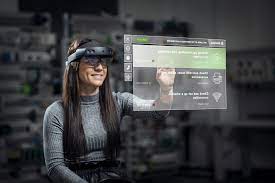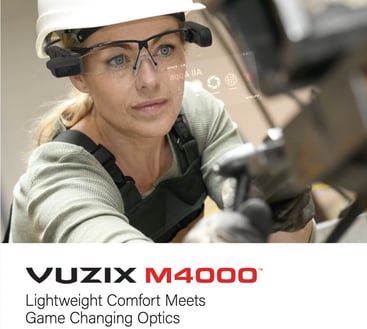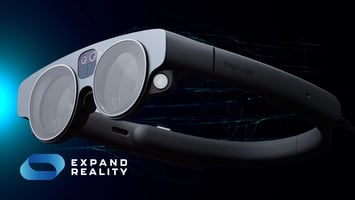Augmented Reality is becoming a very valuable tool in the manufacturing industry and a recent case...
The Business Case for Assisted/Augmented Reality

Someone once said "Start with Why?", in my case it was late in my career and I'd wish I heard the phrase earlier, it stopped me in my tracks.
What do you mean start with Why?
To cut a long story short, I bought the book by Simon Sinek
and ever since I start with that question.
So today here's the question...
Why would someone be interested in Augmented Reality i.e HoloLens 2, Magic Leap 2 devices?
Why would someone be interested in Assisted Reality smart glasses?
The answer lies not in the features they have, but the problems they solve!
So let's just refresh everyone's memory on what those terms mean, augmented reality and assisted reality.
Augmented Reality
 Here you see a Microsoft HoloLens being used and basically a browser session open whilst the user can still see the real world.
Here you see a Microsoft HoloLens being used and basically a browser session open whilst the user can still see the real world. The phrase I'd use, a personal head up display unit. This is Augmented Reality, where a large screen lets you see data overlaid on the real world and lets folk dial into your headset and see the same thing.
Ideal for seeing critical information overlaid on what you can see in the real world. Use cases are Training in industry, Remote Expert in Medical and Healthcare, Audit Sign of on sites in construction and many more.
Assisted Reality

With Assisted Reality, the digital "hints" often show in one eye piece.
They are Data Hints ideal for use cases like:
In Industry picking in warehouses , removing the need to carry a tablet or mobile device.
Or the same remote expert situations in field audits, medical or healthcare use cases.
Now we have explained the terms let's look at the why?
HoloLens Case Study
10 Times Faster with HoloLens
So, this is a powerful why use case which you can read in full here.
The highlights are Lockheed Martin installing 57,000 rivets in the Orion Rocket, previously done by technicians referring to manuals and measuring distances.
With HoloLens, they see the next rivet position superimposed on the hull, they are now completely handsfree to insert the rivets at pace, 10 X faster than they used to.
What used to take a 6 hour shift, was now taking 45 minutes! Wow.
Magic Leap Case Study
PBC Linear were trying to solve training costs and new employee activation times.
Basically, new employees took 6 weeks to train, removing an experienced machinist from the line for 6 weeks. By using the training programme to guide new machinists with a magic leap device, training was cut to 1 day, saving $19,500 per new employee and delivering a 5.7 X return on the Magic Leap investment.
Here's an Image of the Magic Leap 2 below:
Vuzix M400 Case Study
Here the senior engineer used to travel to the site, auditing the completion stages, each site taking a week of travel and review. They deployed Vuzix M400 smart glasses allowing the engineer to attend the site by dialling into the smart glasses worn by an onsite engineer. The Impact, he now signs off 2/3 jobs/sites a day, has cut his travel by $80,000 a year and paid back on the Vuzix glass 40X in year one!
Summary
Each use case is different however the savings, increases in productivity are staggering:
-
A 10 X increase in productivity at Lockheed Martin with HoloLens.
-
A 5.7 X return on investment with one new employee with Magic Leap.
-
A 10 x increase in productivity with the Vuzix M400 at CH biogas.








